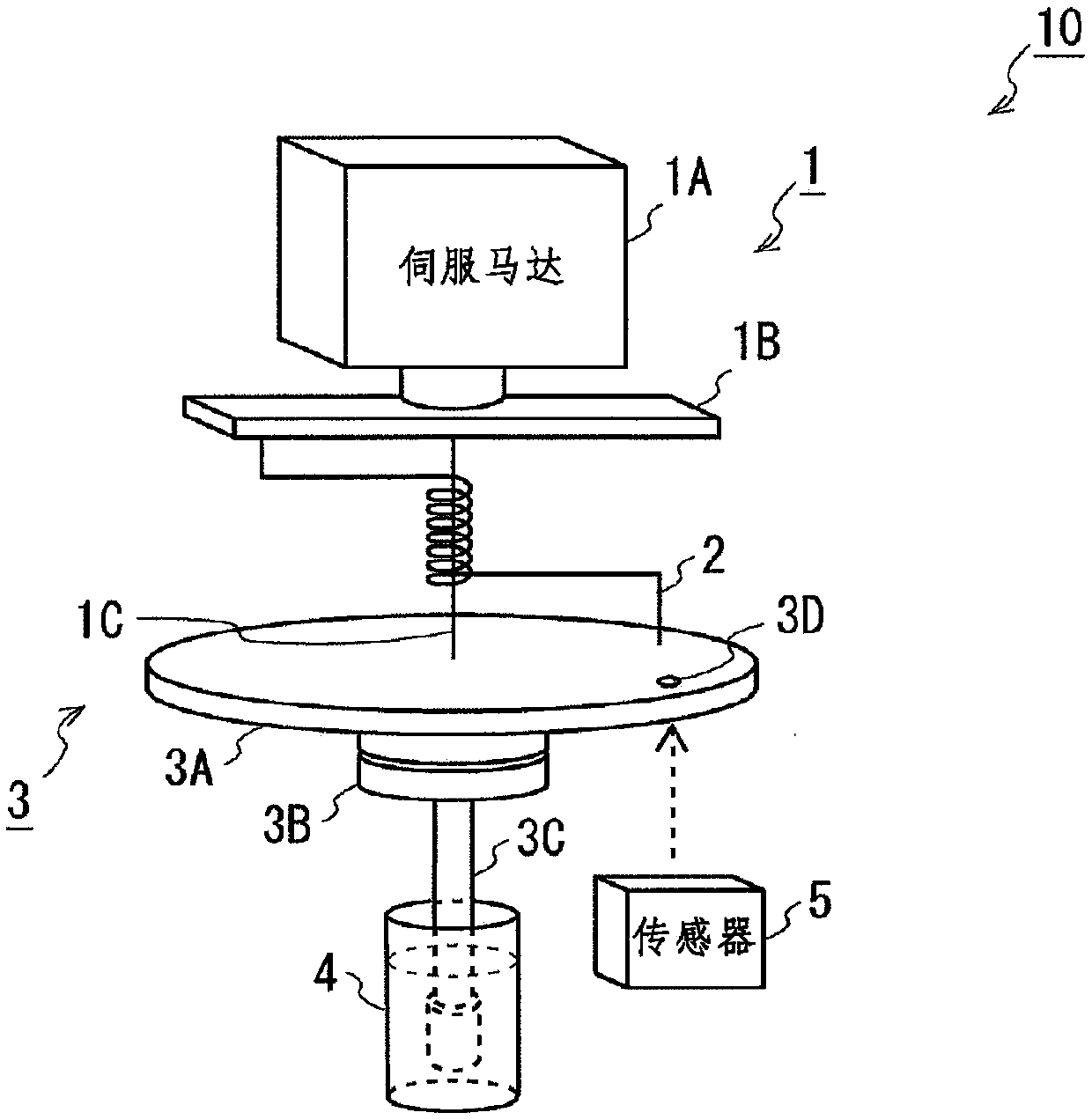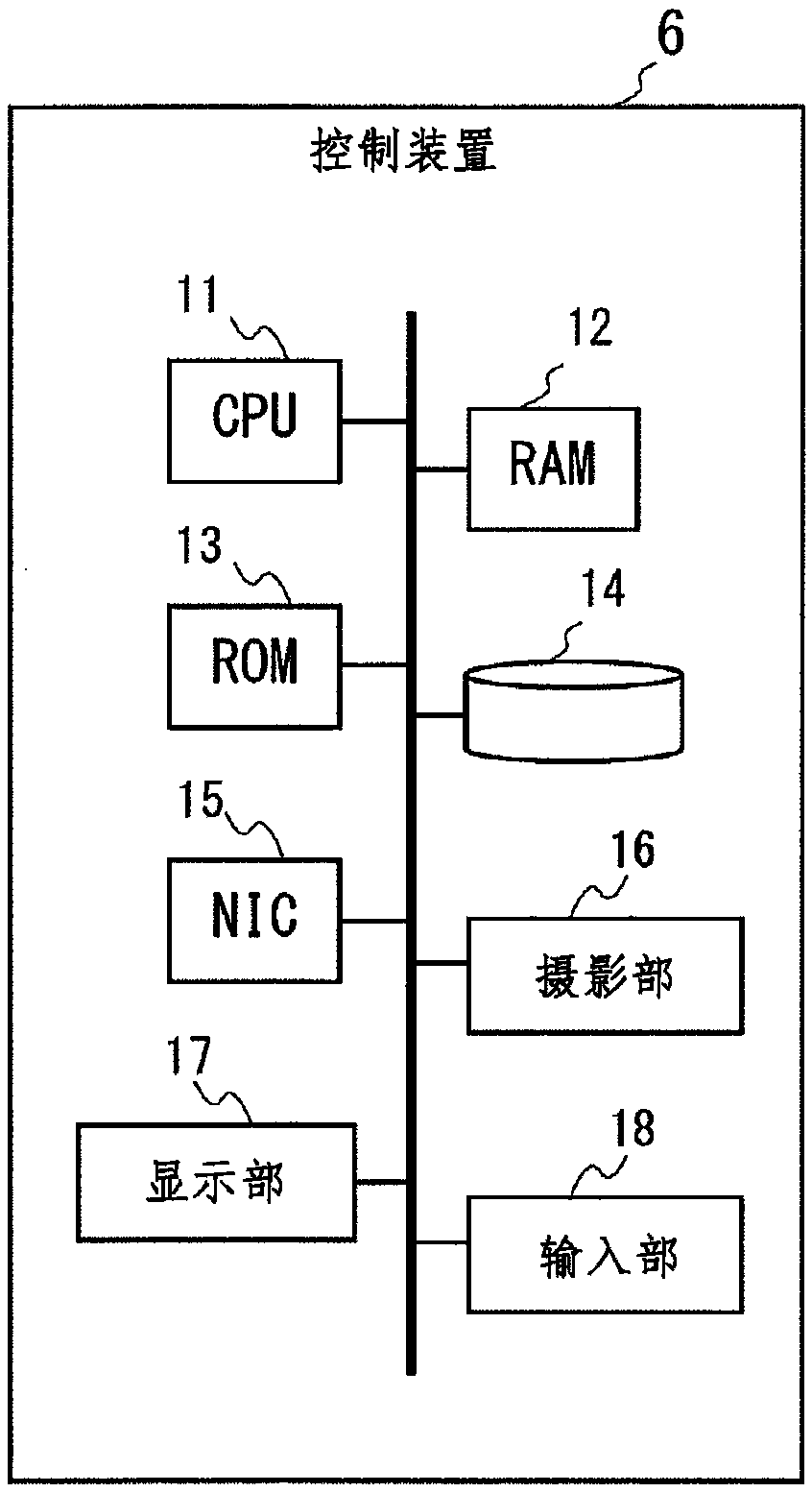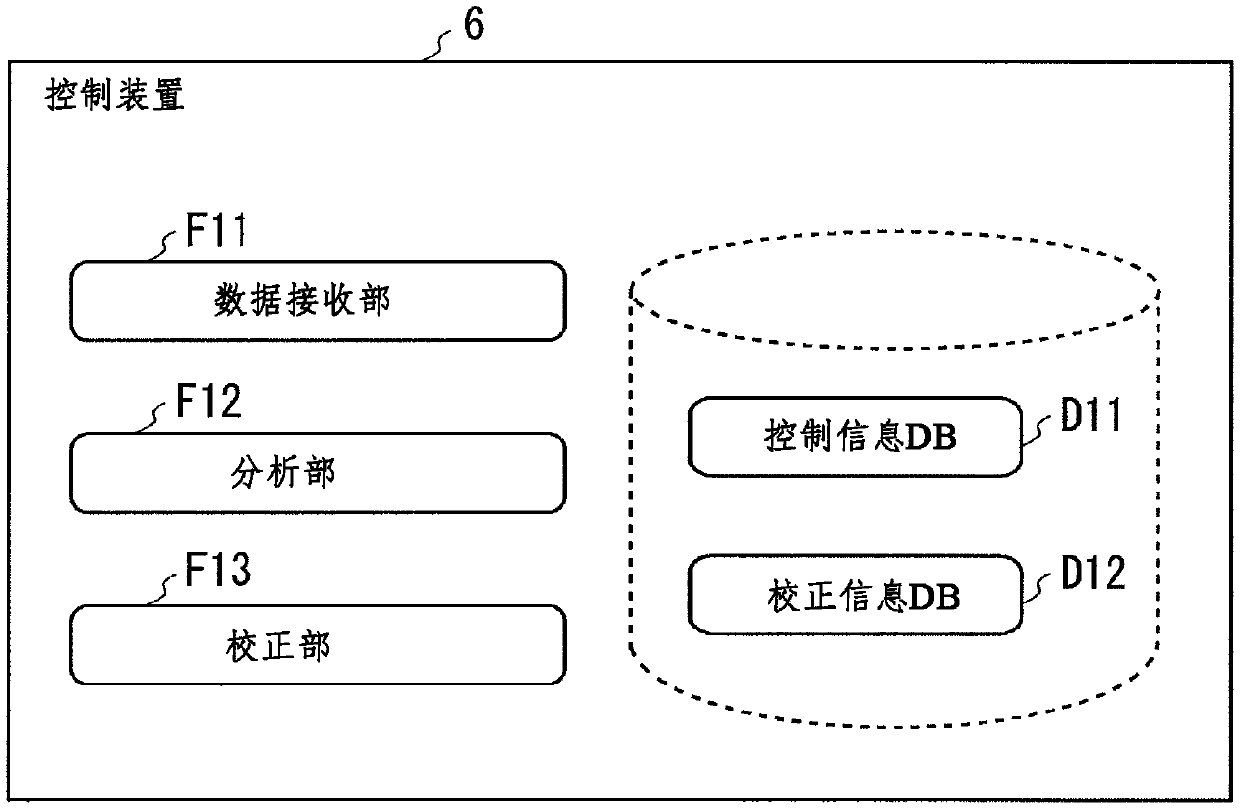Blood coagulation test device and blood coagulation test method
An inspection device and blood coagulation technology, which is applied to measurement devices, material inspection products, instruments, etc., can solve the problems of high device price, inability to obtain resolution, and difficulty in evaluating drug efficacy.
- Summary
- Abstract
- Description
- Claims
- Application Information
AI Technical Summary
Problems solved by technology
Method used
Image
Examples
Embodiment approach
[0068] figure 1 It is a schematic diagram illustrating the configuration of a blood coagulation test device. The blood coagulation testing device 10 includes a control unit 1 , an elastic body 2 , a stirring unit 3 , a container 4 , and a sensor 5 . The blood coagulation testing device 10 agitates the blood sample contained in the container 4 by the agitating section 3 via the elastic body 2 under the control of the control section 1 . Then, the blood coagulation testing device 10 calculates the rotation angle of the stirring unit 3 from the image captured by the sensor 5 to measure the state of blood coagulation and the like. The blood coagulation testing device 10 includes a control device (not shown) that controls the processing of the control unit 1 and the sensor 5 .
[0069] The control part 1 receives the command of the control device, and drives the reciprocating rotation of the stirring part 3 through the elastic body 2 . exist figure 1 Among them, the control uni...
Embodiment 1
[0120] In Example 1, changes in the coagulation state of blood were measured. Calcium chloride was added to the blood in the container 4 using a 3.2% citrate blood collection tube (TERUMO) so that the final concentration would be 12 mM, and the measurement was performed. Figure 6 It is a graph showing changes in the coagulation state of blood in Example 1. Figure 6 The vertical axis of the graph represents clot amplitude, and the horizontal axis represents time.
[0121] Blood coagulation progressed from the start of the measurement, and the clot amplitude was about 1 cm after 50 minutes, and converged at about 1.5 cm after 100 minutes.
Embodiment 2
[0123] In Example 2, changes in the coagulation state of the agarose solution having a concentration of 1.5% were measured. The temperature of the agarose solution at the start of the measurement was about 90°C. Figure 7 It is a graph showing the change of the coagulation state of the agarose solution in Example 2. Figure 7 The vertical axis of the graph represents amplitude, and the horizontal axis represents time.
[0124] About 20 minutes after the start of the measurement, the temperature of the agarose solution reached about 25° C., and gelation started. From about 40 minutes to 60 minutes after the start of the measurement, gelation rapidly proceeded, and the amplitude converged at about 3.5 cm after about 80 minutes. From the measurement results of the coagulation state of the agarose solution, it was found that the change in the coagulation state can be measured with high precision even when the viscosity of the blood is higher than that in Example 1.
PUM
 Login to View More
Login to View More Abstract
Description
Claims
Application Information
 Login to View More
Login to View More - R&D
- Intellectual Property
- Life Sciences
- Materials
- Tech Scout
- Unparalleled Data Quality
- Higher Quality Content
- 60% Fewer Hallucinations
Browse by: Latest US Patents, China's latest patents, Technical Efficacy Thesaurus, Application Domain, Technology Topic, Popular Technical Reports.
© 2025 PatSnap. All rights reserved.Legal|Privacy policy|Modern Slavery Act Transparency Statement|Sitemap|About US| Contact US: help@patsnap.com



